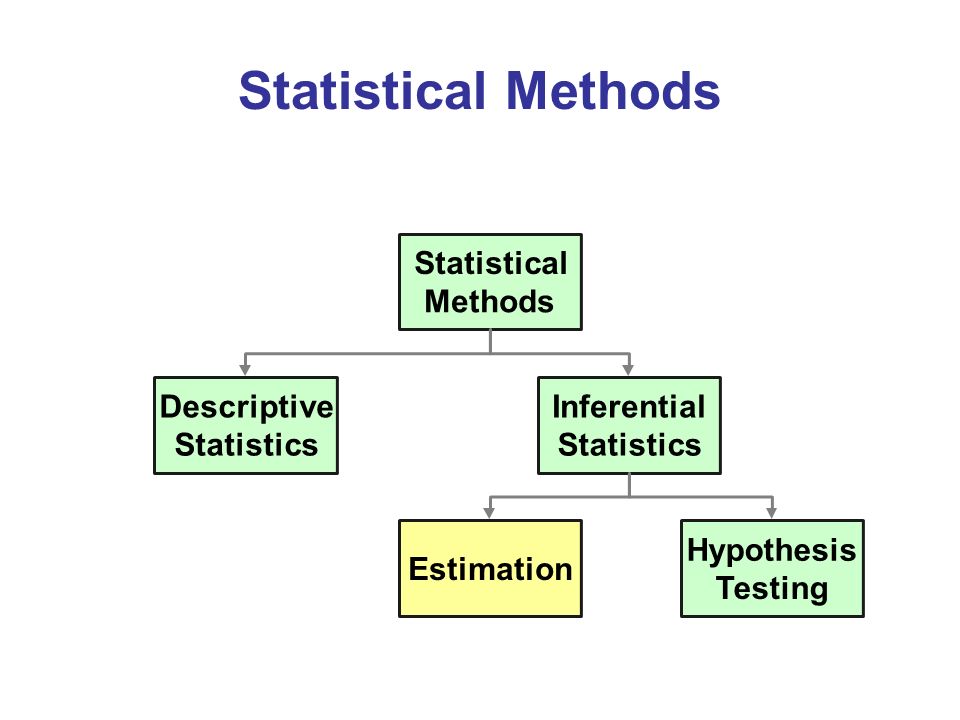Statistical methods are based on model assumptions, and it is statistical folklore that a method's model assumptions should be checked before applying it. This can be formally done by running one or more misspecification tests of model assumptions before running a method that requires these assumptions; here we focus on model-based tests. A combined test procedure can be defined by specifying a protocol in which first model assumptions are tested and then, conditionally on the outcome, a test is run that requires or does not require the tested assumptions. Although such an approach is often taken in practice, much of the literature that investigated this is surprisingly critical of it. Our aim is to explore conditions under which model checking is advisable or not advisable. For this, we review results regarding such "combined procedures" in the literature, we review and discuss controversial views on the role of model checking in statistics, and we present a general setup in which we can show that preliminary model checking is advantageous, which implies conditions for making model checking worthwhile.
翻译:统计方法基于模型假设,统计学常识认为在应用方法之前应检查模型假设。这可以通过在运行需要这些假设的方法之前运行一个或多个模型假设不良检验来正式完成;在这里,我们关注模型基础测试。可以通过指定一个协议来定义组合测试程序,在此协议中,首先测试模型假设,然后,在这些假设的条件下,运行需要或不需要测试假设的测试。尽管实践中经常采用这种方法,但研究此问题的文献大多持批评态度。我们的目标是探讨在哪些情况下检查模型是否明智。为此,我们回顾了文献中关于这种“组合程序”的结果,我们回顾和讨论了统计学中模型检查的争议观点,并提出了一个一般设置,我们可以在其中显示初步模型检查的优点,这意味着进行模型检查值得的条件。


